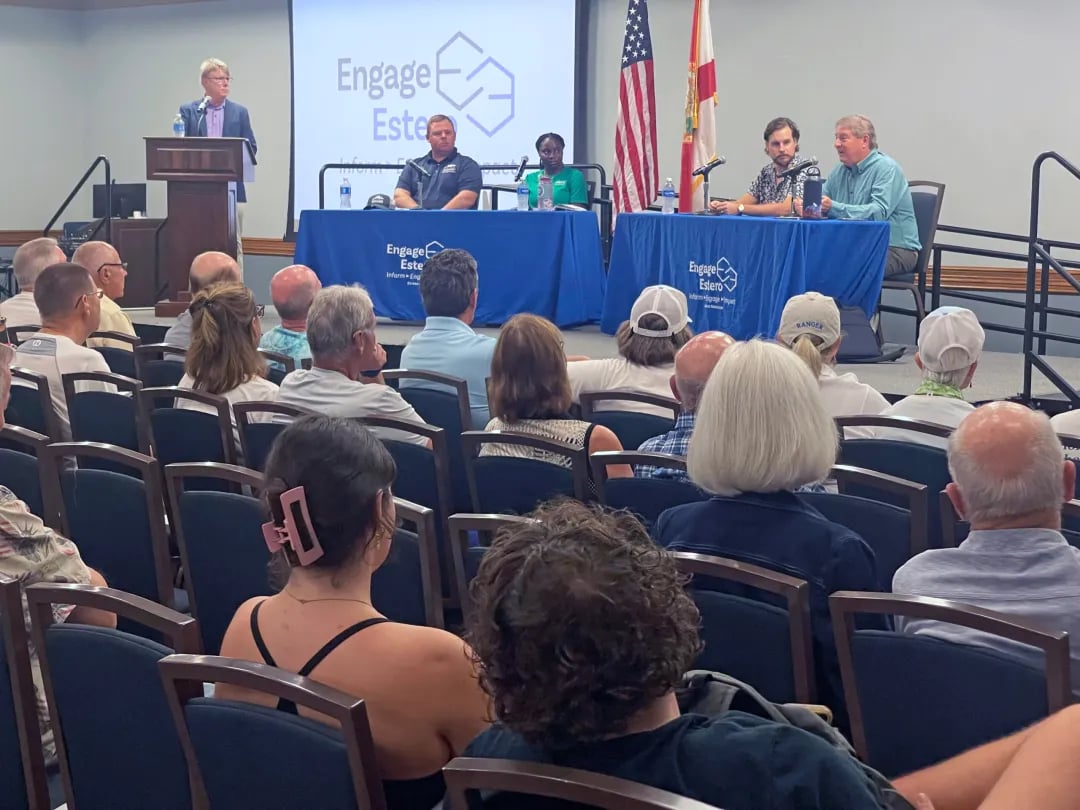
Understanding Climate Change: Estero Residents Take Action
SUSAN KOSCHALK January 30, 2025

SUSAN KOSCHALK January 30, 2025
The Estero community recently gathered for an enlightening and impactful discussion on the effects of climate change on their environment and quality of life. Over 100 residents attended the meeting, highlighting the urgency of addressing these issues, particularly given Estero's low elevation of just 13 feet above sea level.
A Community Engaged in Climate Solutions
Residents actively participated in the discussion, raising over 30 questions for the expert panel. Due to time constraints, only a few could be addressed, but Engage Estero has committed to a follow-up meeting to explore local actions and solutions in greater depth.
Expert Panel and Key Takeaways
The discussion was moderated by Greg Tolley, Professor of Marine Science and Dean of The Water School at Florida Gulf Coast University, with an expert panel comprising:
Mike Savarese – Professor, Department of Marine and Earth Sciences, FGCU.
Matt DePaolis – Policy Director, Sanibel-Captiva Conservation Foundation.
Cody Pierce – The Calusa Waterkeeper.
Jenny Morris – FGCU 2nd-year master’s student in environmental science.
The Impact of Rising Temperatures
Captain Cody Pierce highlighted concerns regarding Estero Bay, noting the dangers of increasing water temperatures and rising sea levels. Higher temperatures contribute to bacterial growth and harmful algal blooms, which can affect drinking water quality and public health.
Matt DePaolis warned that rising temperatures could lead to a loss of biodiversity, particularly in wetlands. Meanwhile, Mike Savarese stressed the alarming rate of Gulf of Mexico warming, which is occurring at twice the pace of the global ocean and contributing to stronger hurricanes.
Greg Tolley presented an analysis of storm surge levels, pointing out that Hurricane Ian’s surge was 22 inches higher than similar storms in 1990.
Key Environmental Concerns
Nuisance Flooding: Rising high tides and seawater incursions threaten infrastructure and daily life, even on sunny days without storms.
Knock-on Effects of Temperature Increases:
Mitigation Strategies
The panel discussed urgent mitigation efforts, particularly related to water pollution. Captain Pierce emphasized that nutrient pollution, largely from agriculture and urban runoff, is a critical issue. The panel stressed the need for:
Mike Savarese highlighted the need for storm surge vulnerability mapping and sustainable dune management. Other suggested actions included:
Lessons from Sanibel and Crystal River
Sanibel’s multiple dune ridges protected the island from severe damage, underscoring the importance of natural defenses. Similarly, Crystal River has successfully reduced nutrient runoff and transitioned from septic to sewer, demonstrating a proactive approach to environmental conservation.
The Role of Mangroves
Jenny Morris emphasized the crucial role of mangroves in mitigating storm surges and preserving topsoil. Drawing from her experience in the Bahamas during Hurricane Dorian, she highlighted how mangroves can significantly reduce storm damage.
Education and Awareness
The panel agreed that educating both students and the general public is crucial. Jenny Morris stressed that many young people are unaware of their local environment, making education essential for future climate action. The urgency of the issue demands immediate public engagement, as 2030 is fast approaching.
Planning and Financial Considerations
To fund climate resilience efforts, suggestions included:
The panel emphasized the need for responsible planning to avoid economic and environmental consequences that could make the region less desirable for future residents.
Conclusions and Next Steps
While opinions may vary on the causes of climate change, the need for action is undeniable. Rising sea levels and stronger hurricanes threaten tourism, property values, and overall quality of life. Community engagement is essential in urging elected officials to prioritize climate resilience initiatives.
Residents are encouraged to review the full recording of the forum HERE. A follow-up forum in 2025 will address remaining audience questions and practical steps for immediate action.
The key takeaway? Local action is imperative. By learning from successful communities, implementing practical solutions, and advocating for policy changes, Estero can build a more resilient future.
Stay up to date on the latest real estate trends.


A Gulf-Front Residential Masterpiece Rising in Estero’s Premier Resort Community
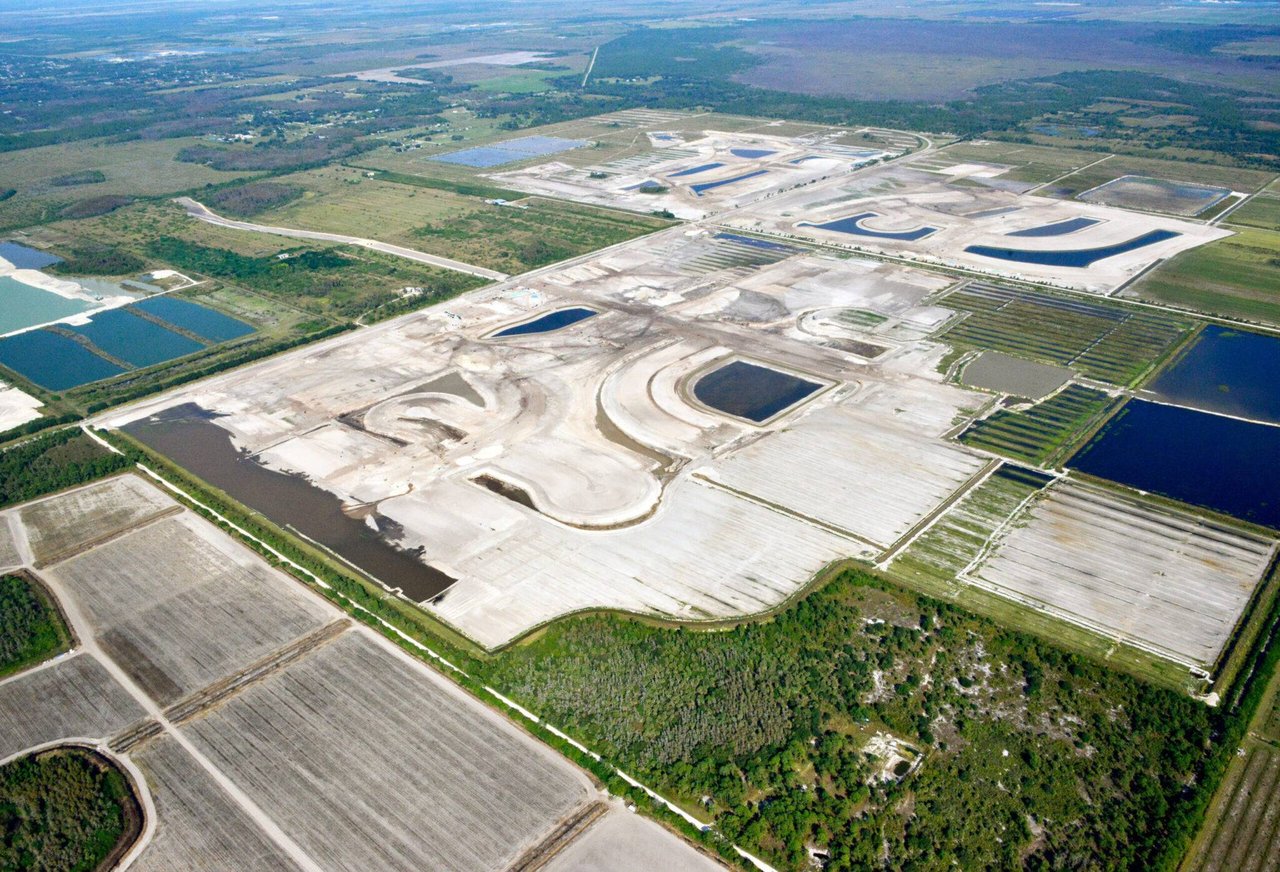
A 7,000-Acre Master-Planned Development with 10,000 Homes Breaks Ground

Bringing elevated breakfast and lunch vibes to 22941 Lyden Dr., Estero FL

Major Project Set to Transform Travel Experience at Southwest Florida International Airport

Beloved Chicago-born pizzeria brings its famous thin-crust pizza and full menu to Southwest Florida’s west coast
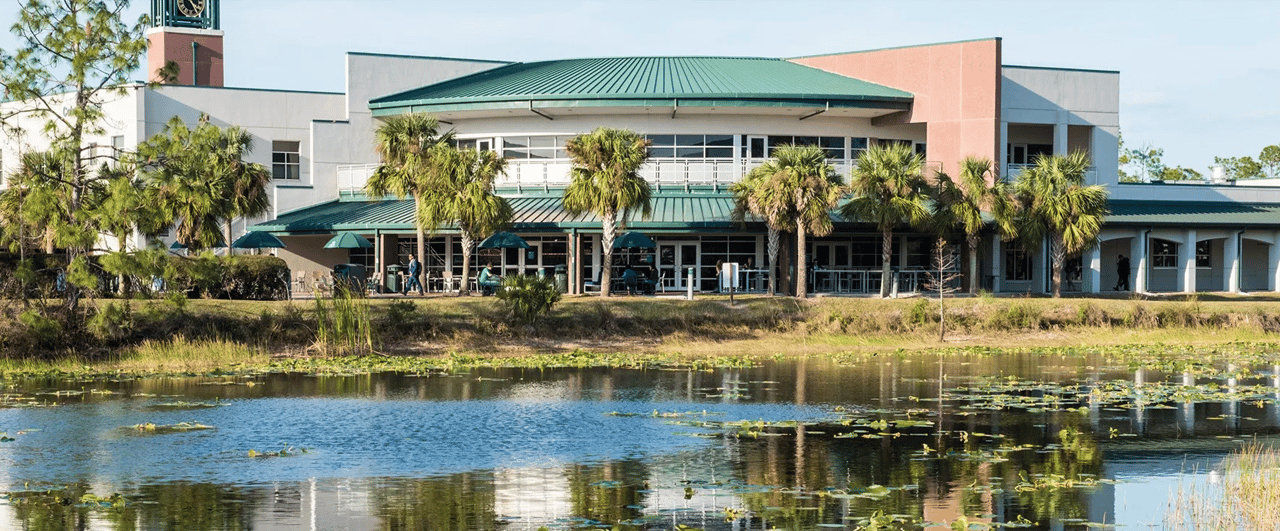
Renovations at Cohen Student Union and the construction of Academic Building 10 mark a transformative chapter in the university’s growth.
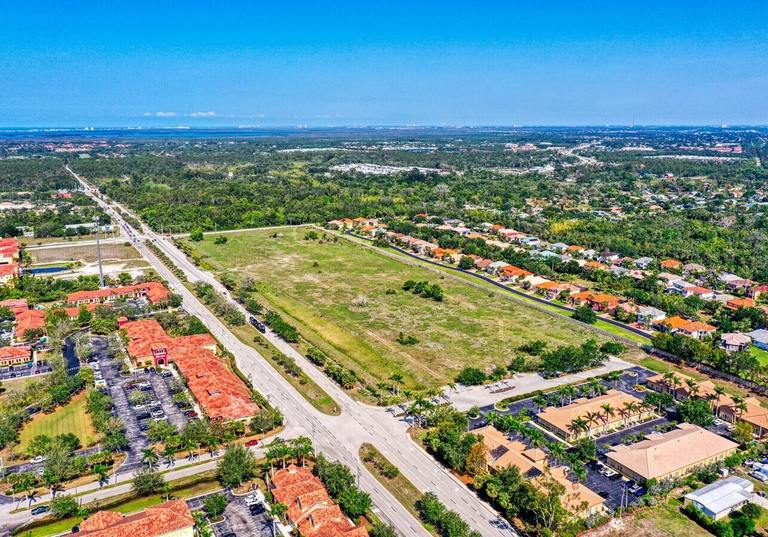
Vision for 171 townhomes, enhanced buffers, and public amenities move forward under Estero’s Planned Development
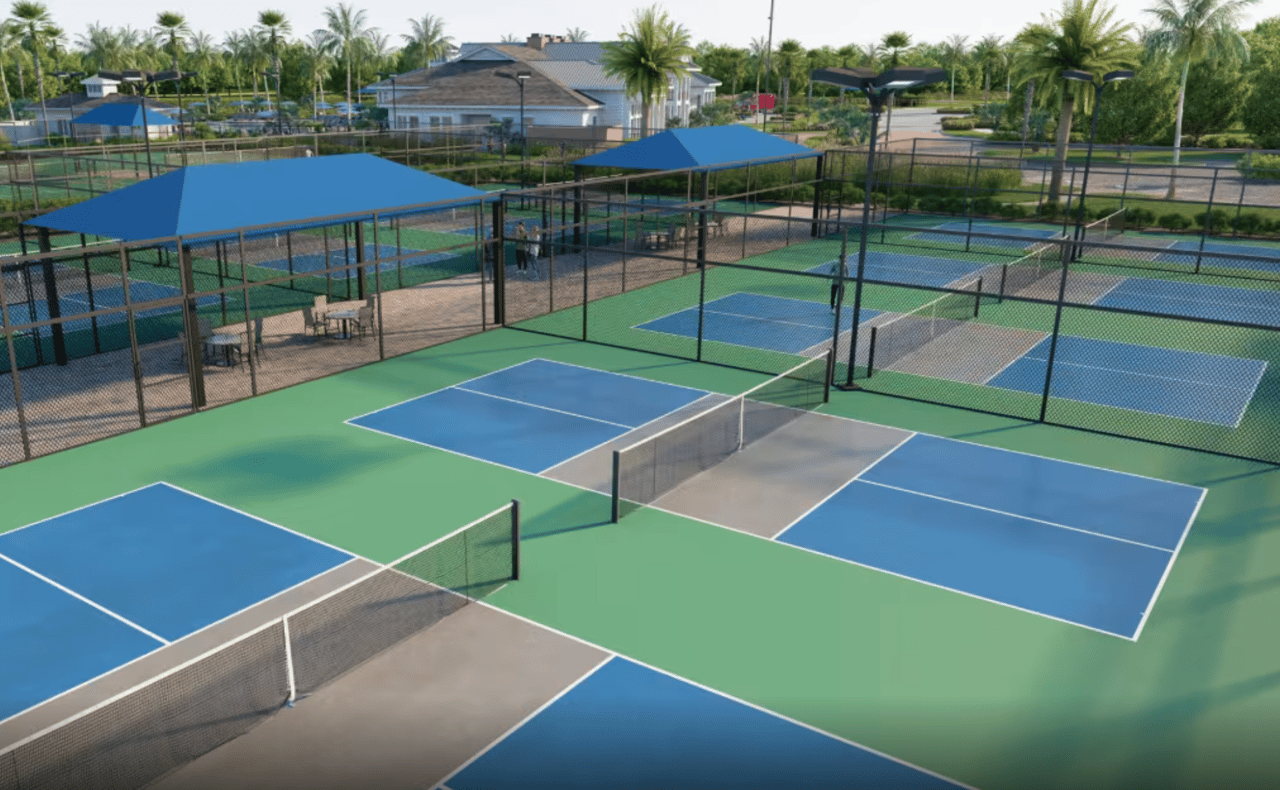
Join the fun October 18 as TerraWalk unveils its new tennis & pickleball courts — a community event you won’t want to miss
Our team’s unprecedented professionalism, skill, and attention to detail has allowed us to set sales records for the past 15 years. We will ensure your buying or selling experience exceeds your expectations.